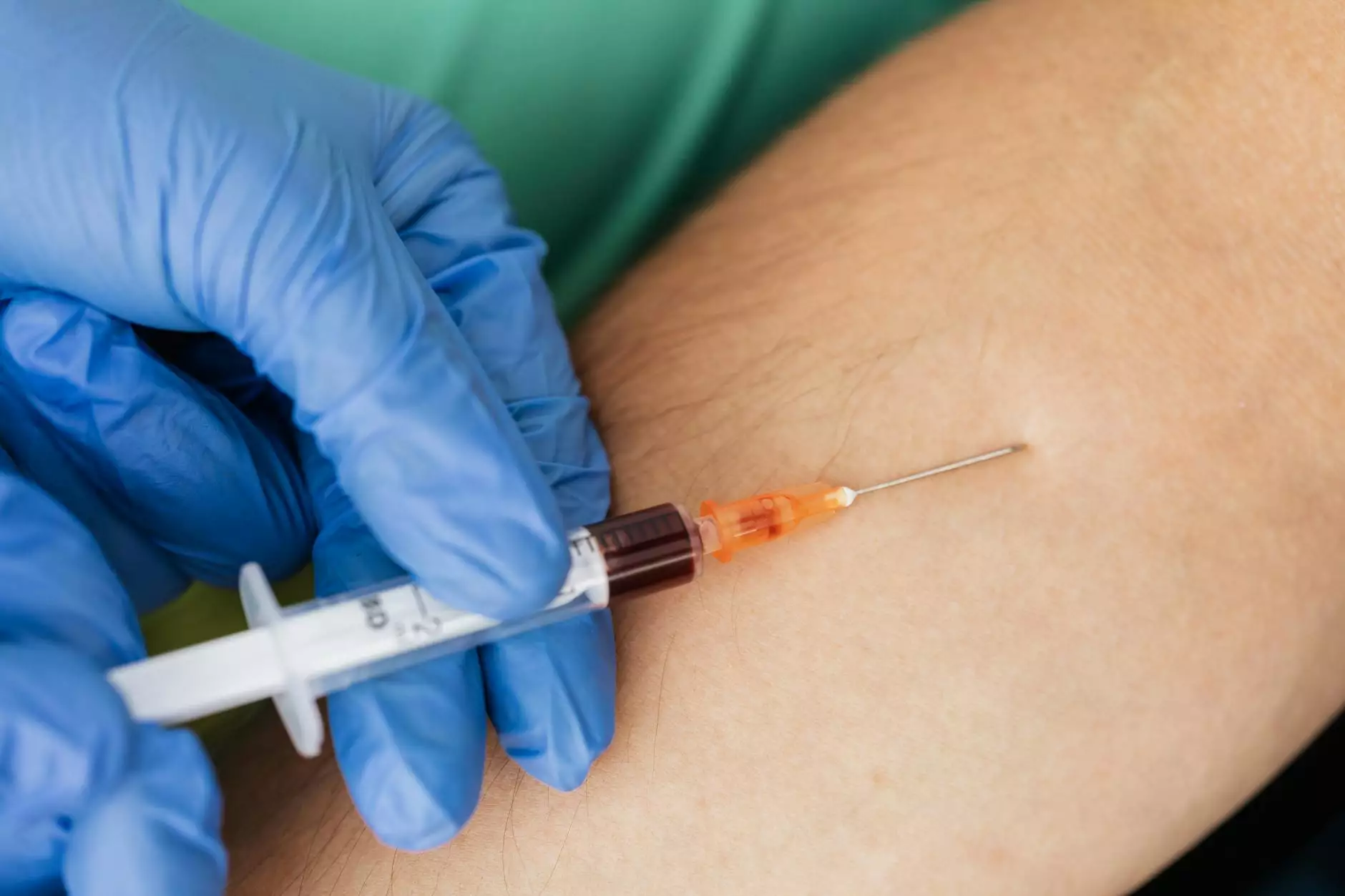Can a Blood Clot be Visible?

Understanding Blood Clots and Vascular Health
In the realm of vascular medicine, blood clots play a significant role in the development of various conditions. Blood clots, also known as thrombi, are clumps of blood that have changed from a liquid form to a semi-solid state. These clots can block blood flow, leading to serious consequences if left untreated.
The Visibility of Blood Clots
A common question asked by many is whether a blood clot can be visible to the naked eye. The answer to this question depends on the location and size of the clot. In some cases, small blood clots may not be visible externally, but they can still cause discomfort and health issues.
However, there are instances where blood clots become visible. This typically occurs when larger clots form within superficial veins close to the skin's surface. In such cases, the affected area may appear red, swollen, and sometimes even palpable. Visible blood clots should never be ignored, as they may indicate an underlying vascular problem that requires immediate attention.
The Implications on Vascular Health
Blood clots can have serious implications on vascular health, regardless of their visibility. When a clot obstructs blood flow, it deprives surrounding tissues and organs of oxygen and nutrients. If left untreated, this can lead to severe complications, such as deep vein thrombosis (DVT) or even life-threatening conditions like pulmonary embolism.
Deep vein thrombosis occurs when blood clots form within the deep veins, usually in the legs or pelvis. This condition can cause pain, swelling, and warmth in the affected area. In some cases, DVT can progress and cause the clot to break free and travel through the bloodstream, resulting in a pulmonary embolism, which requires immediate medical attention.
Advanced Treatments at the Vein Center of Arizona
For individuals concerned about blood clots and overall vascular health, the Vein Center of Arizona offers advanced diagnostic services and cutting-edge treatments. Our team of experienced doctors specializing in vascular medicine is dedicated to providing comprehensive care for patients.
Through state-of-the-art diagnostic imaging techniques, our doctors can accurately identify blood clots and assess their severity. This allows for personalized treatment plans tailored to each patient's unique needs.
Depending on the size, location, and severity of the blood clot, treatment options may include medication to dissolve the clot, minimally invasive procedures such as catheter-directed thrombolysis, or surgical intervention if necessary. The skilled doctors at the Vein Center of Arizona are well-versed in these techniques and have a proven track record of successful outcomes.
Prevention and Maintenance of Vascular Health
Prevention plays a critical role in maintaining vascular health and reducing the risk of blood clots. Some preventive measures include maintaining an active lifestyle, avoiding prolonged periods of inactivity, maintaining a healthy weight, and refraining from smoking. Additionally, for individuals at high risk of developing blood clots, medication or compression stockings may be recommended.
Finding Relief for Vascular Conditions
At the Vein Center of Arizona, we understand the impact that vascular conditions can have on your overall well-being. Whether you have concerns about visible blood clots or other related conditions, our team of expert doctors is here to provide the highest level of care.
By focusing on patient-centered care and utilizing the latest advancements in vascular medicine, we strive to ensure that our patients receive the most effective and compassionate treatment options available.
Remember, when it comes to blood clots and vascular health, early detection and timely intervention are key. Don't hesitate to reach out to the Vein Center of Arizona for a comprehensive evaluation and personalized care. Your vascular health matters, and we are here to support you every step of the way.
can a blood clot be visible


